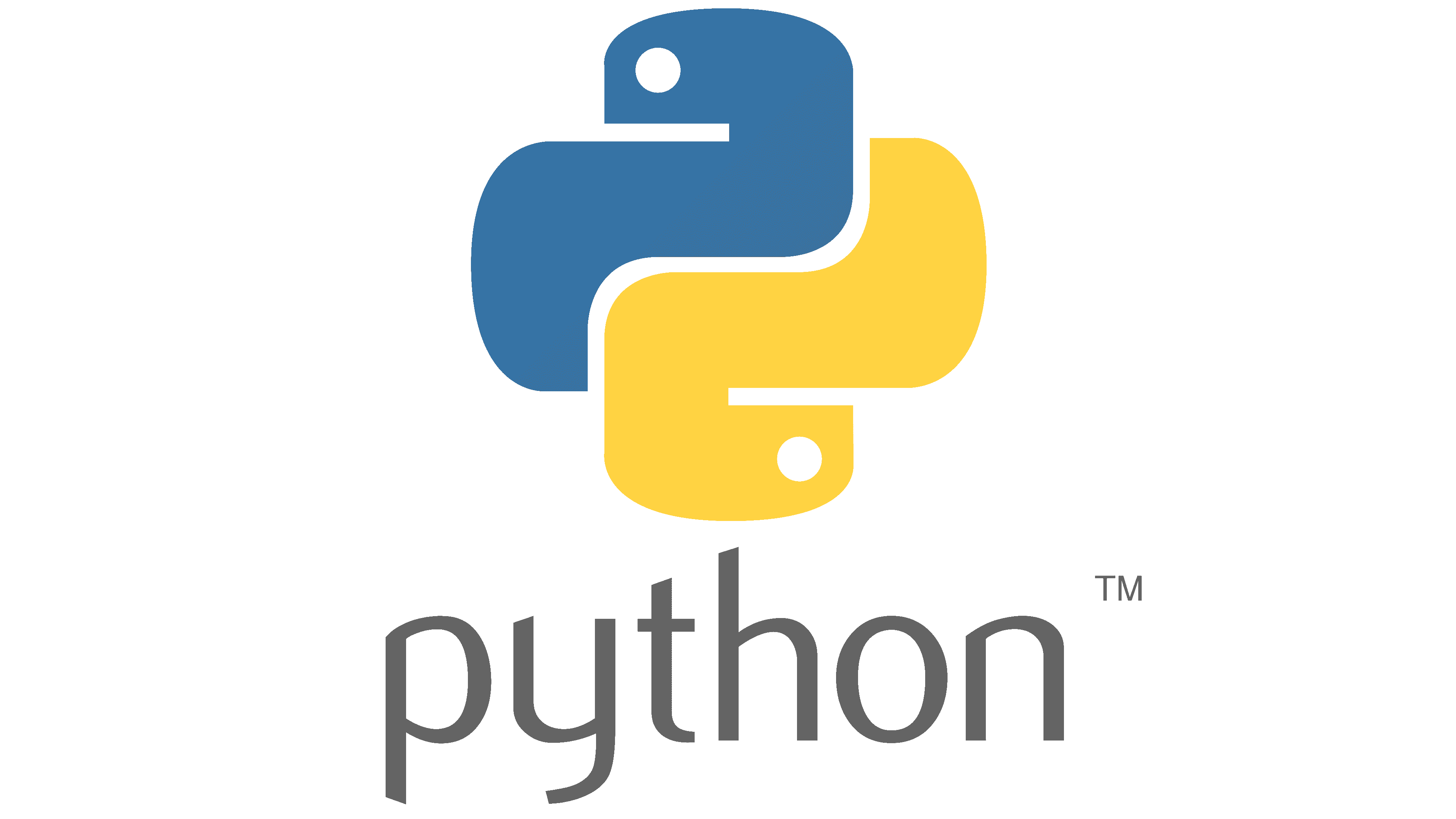Python - String Formatting
Casting
- Converting one data type to another.
- Implicit
- Will be done automatically
- Example:
2 * 1.5Output:3.0- The value 2 is converted to float automatically
- Explicit
- Has to be specified using built-in functions.
- Example:
int_value = int(1.5)- The float value 1.5 is converted to int with the loss of the decimal value.
| Function | Description |
|---|---|
int() | Converts a specified value into an integer |
float() | Converts a specified value into a floating point number |
str() | Converts a specified value into a string |
list() | Converts a specified value into a list |
tuple() | Converts a specified value into a tuple |
set() | Converts a specified value into a set |
dict() | Converts a specified value into a dictionary |
bool() | Converts a specified value into a boolean |
complex() | Converts a specified value into a complex number |
bytes() | Converts a specified value into a bytes object |
bytearray() | Converts a specified value into a bytearray object |
String Formatting
- It is the way you can creating string with dynamic content, incorporating variables, expressions, or values within a string.
1
2
3
4
x = 10
y = 20
s = x + y
print("the first number is",x,"the second number is",y,"Sum is",s)
- str.format()
1
2
message = "the first number is {}, the second number is {}, and sum is {}".format(x,y,s)
print()message
- F-string
1 2
message = "the first number is {x}, the second number is {y}, and sum is {s}" print()message
This post is licensed under CC BY 4.0 by the author.
